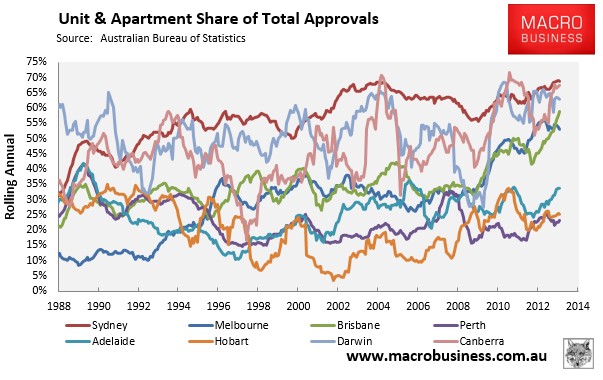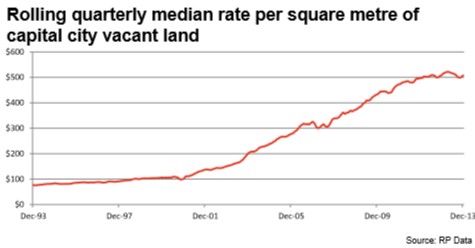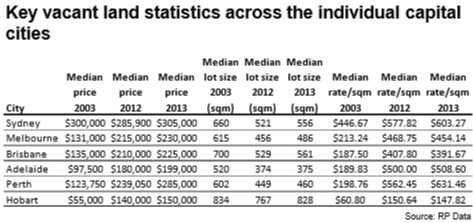
Financial Review Sunday included an interesting segment on the shift by Australian households towards apartments, which now account for more than 50% of total approvals in Sydney, Melbourne, Brisbane, Canberra and Darwin (see next chart).

The segment began on the presumption that the shift to apartments has occurred organically, as “people choose the convenience of high rise, inner city living over the traditional quarter ache block.”
And most of the discussion proceeded on this basis.
However, one contributor, Boral chief executive Mike Kane, summed-up the situation well in my opinion, arguing that the shift to apartment living is not predominantly a lifestyle choice, but rather one based on need, with apartments being relatively less unaffordable than detached houses:
Mike Kane, chief executive of Boral: I think that typically affects the detached housing market. I think infrastructure in the CBDs are capable of handling the apartment growth that you are seeing there. But I think the ability to have a more robust detached housing market and more competitive pricing requires a major investment in infrastructure so that the highway networks and the transportation network outside the CBD can keep up with the potential demand. Right now we are chronically undersupplying the detached housing market and I would argue in contrast to the tape that it’s not a lifestyle choice that people move in to the CBD for urban living it’s an economic choice that is rationally being made based on the relative prices.
Knight: Affordability
Kane: Affordability. You heard the comment on how its competitive on an apartment stand point but I can assure you detached housing is not competitive on a global basis and it is extraordinarily high in all the central cities in Australia
So while the retirement (and downsizing) of the large baby boomer generation and gen-Y’s seeking to be closer to the action has facilitated the shift towards apartment, the drive for urban consolidation by Australia’s state governments – in an effort to save on infrastructure costs and prevent so-called environmentally destructive ‘urban sprawl’ – has also likely played a key factor.
As illustrated so perfectly earlier in the month by RP Data, such urban consolidation policies have worked to inflate overall land values, both on the fringe of Australia’s capital cities and across the pre-existing urban landscape (see below graphics), forcing many people to opt for apartment living purely out of necessity (due to its relative affordability), rather than through choice.


As the situation stands, the shift towards apartment living is likely to continue as the population ages and Australia’s governments continue with policies of urban consolidation and the under-funding of infrastructure, with charges also front-loaded.
Of course, true housing choice (rather than forced choice) could be provided by relaxing artificial restraints on land supply and abandoning the first-user-pays-all approach to infrastructure provision, as well as introducing a broad-based land tax.

